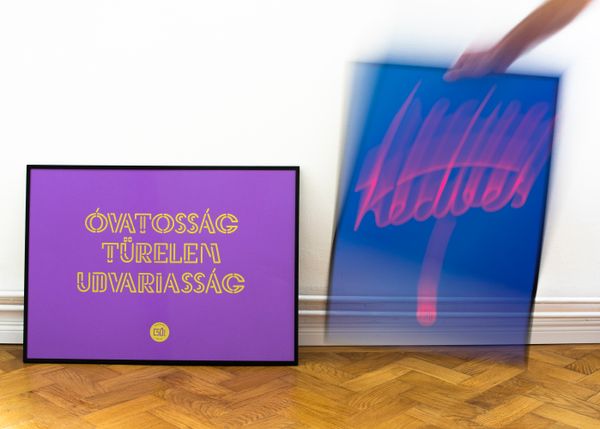The Hungarian Academy in Rome opens a new exhibition under the name “After Bauhaus” on January 16, 2020. The exhibition presents the works of students created in the Bauhaus-related courses of Moholy-Nagy University of Art and Design in the 2019 spring semester. The exhibited works of the students of the Department of Fashion and Textile Design, the Department of Product Design, the Department of Media Design and the Department of Graphic Design recount the thoughts of the 100-year-old Bauhaus movement that are still valid today.
Cover: Dóra Tarcsi
Moholy-Nagy University of Art and Design (MOME) celebrating its 140th anniversary this year has been wearing the name of one of the most well-known artists of Bauhaus, László Moholy-Nagy, since 2006. The vision and spirit of the university follows the behavior pattern of the Bauhaus school known for reaching the most significant artistic revival of the 20th century, so it was only natural that it commemorates the centenary of the movement.
The aim of the course of the Department of Fashion and Textile Design was to select an artist of the Bauhaus and then to get inspired from the works of the selected artist. The works exhibited give a modern portrayal of the theater stage designs of Xanti Schawinsky inspired from circuses, of the principles and types created in the course of the rhythmic body form analyses of Oskar Schlemmer translated into different sports branches or of Sándor Bortnyik’s painting, the “Green Donkey.”

The task of the Department of Product Design focused on playing with time, and, more accurately, on designing a creative time-keeper. What would have been taught in the Bauhaus school and how if it had not ceased to exist and had operated continuously up until today? With what approach and technology would have the tools and objects be created? The inspiration of the time-keepers introduced as well as the unit of measurement and means of measuring time reflect the diversity of resourcefulness, use of materials and creativity that are so characteristic of the Bauhaus.

The interactive shadow play of the students of the Department of Media Design is called “Conformism” and was created in the framework of the special course titled “Extended Sensorium”. The course was led by contemporary performance artist Chris Salter. It aimed to explore the senses in a conceptual and practical way with sensor-technological digital tools. A pulsating rhythm is played in the background of the installation: the more it makes the audience move, the bigger the reward will be in the form of the joint movement and dance of the shadows of the audience members.
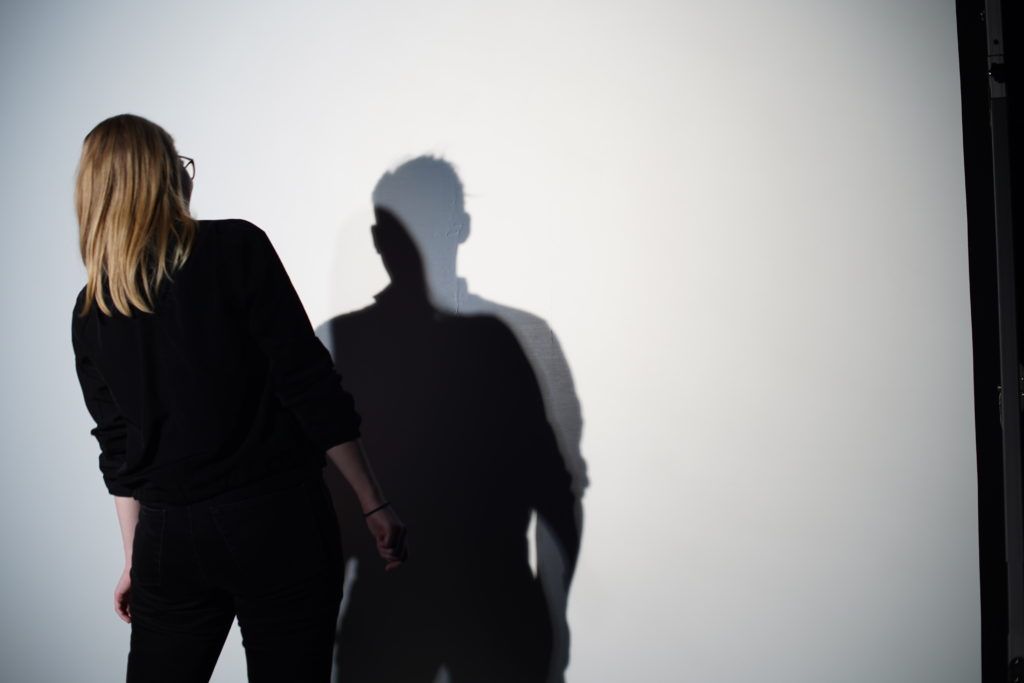
The Bauhaus course of the Department of Graphic Design focused on contemporary interpretations, as a result of which firewalls, illustrative poster series, graphical paraphrases of iconic home furnishings, Bauhaus book series, book objects, logos, stamps and postcards were born. The legacy of the Bauhaus school exists as an exciting visual impression combined with the current trends in the works exhibited, where the use of traditional media and techniques (poster, book, image design) and new digital technologies (web design, sound design) can both be observed.
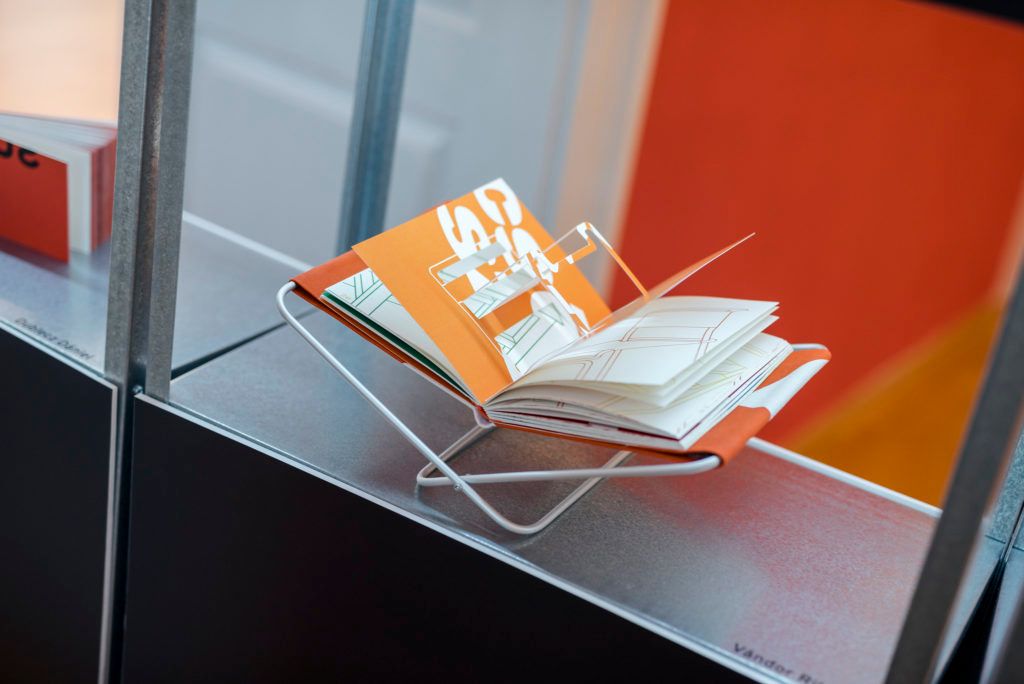
The exhibition sponsored by the National Cultural Fund of Hungary and organized together with the Hungarian Academy in Rome will be open until February 28, 2020 at Falconieri Palace in Rome (Via Giulia 1.).
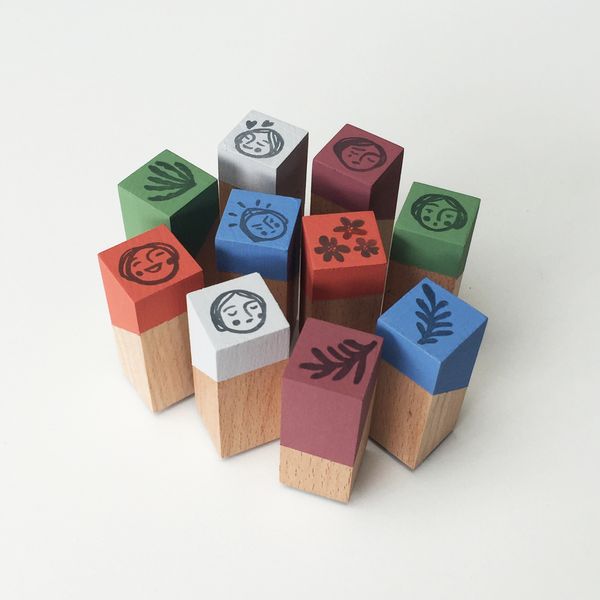
Seal your mood!
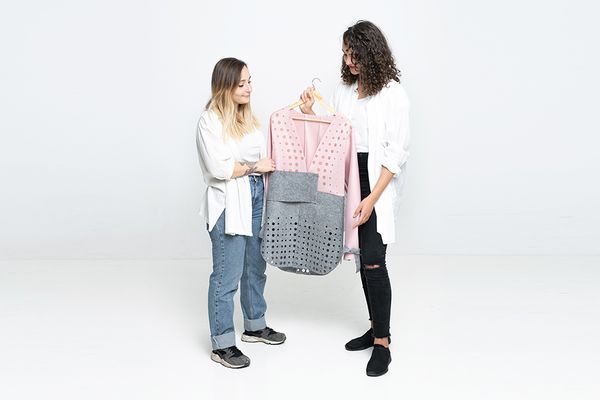
Innovative, sustainable and unique – the ARAMETRY experimental clothing brand
